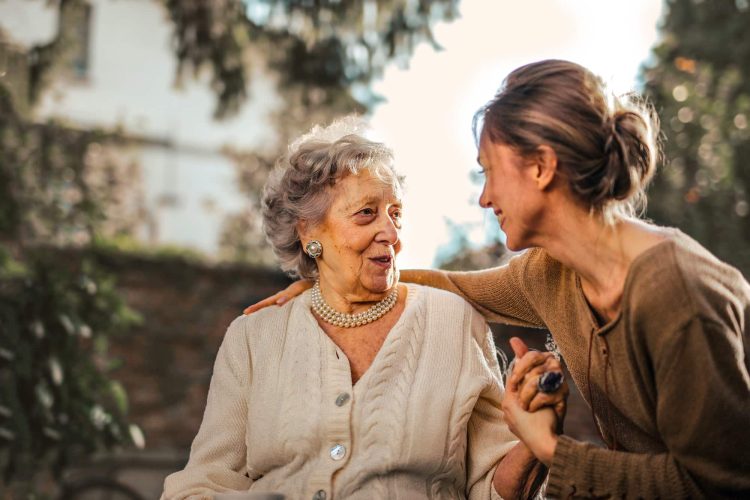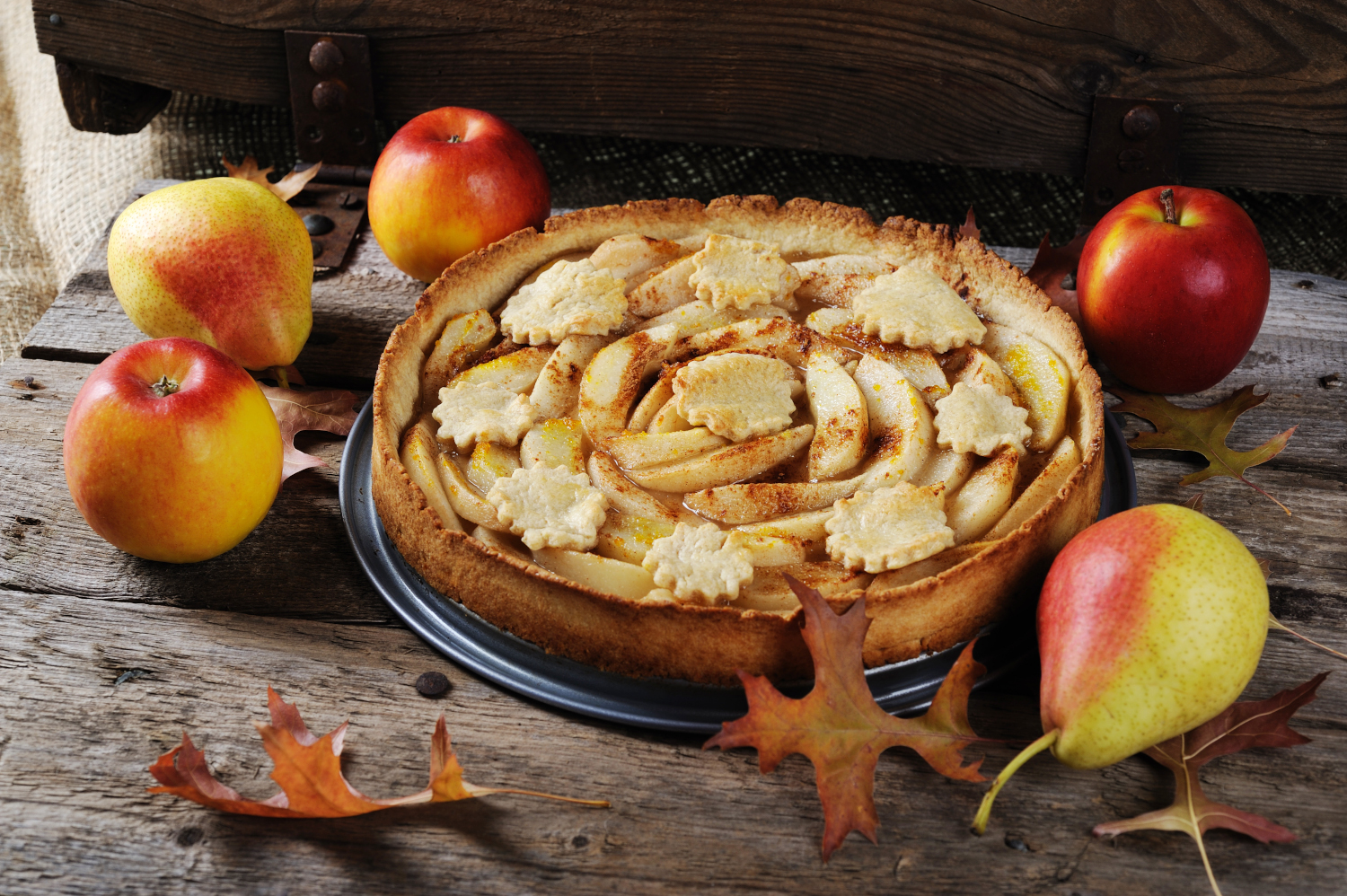My mom, who turns 80 in a few days, is healing from COVID. She lives an ocean away from me, so for more than three weeks, my mornings started with a phone call and an hour-long conversation between us. Since the beginning, we agreed that this is not going to be a battle – her mission was not to fight but to heal. She was healing with COVID. It seems that the wholistic approach resonated with her, as she took on the challenging journey with meticulous dedication, instead of her habitual resistance. Still, she has kept one of her propensities intact – even being very sick, she’s put on her usual brave face, insisting, without being asked, that at no point she feels afraid of the disease (or dis-ease).
Every day, I had a long list of questions, and I patiently searched for the answers, even when my mom was maneuvering around them to avoid straight responses. Gradually, our daily exchange turned into a mindfulness practice. “How do you feel today,” I’d ask first. Then, we’d go in detail over her physical, mental, emotional, and energetic state. With every passing day, she became more open and thorough. Her scrupulous self-examination was telling me that she was still worried, but I knew that she wouldn’t allow herself to show anything but her upbeat spirit. Being strong is who she believed she needed to be, and she’d worked hard all her life, especially before my dad’s passing, to exude, in any circumstances, this unwavering strength.
After a few days of going together through the process of mindful observations, I was thrilled to see my mom becoming a master of it. She’d offer self-reflections before I could even ask the question, she’d search for answers herself, carefully mapping her body and her experience with deep awareness. Slowly she has begun to soften, letting the vulnerabilities be present and visible, discarding the useless, protective shield of pretend bravery and accepting every moment with tender attention.
“Today I feel better than yesterday, but not very good altogether,” she told me one morning. “What do you sense feels better today?” I ask.
“Well, I am less nauseous, and you were right that I cough less when I lie on my stomach. I even did my breathing exercises twice today!” she proudly reported. “My energy level was very good in the morning,” she continued after a short pause, as if she was measuring it with some invisible tool. “For the first time, I actually had an appetite, but then, in the early afternoon, I felt sluggish and tired again.”
“Let’s go over how the day went before you felt your energy dissipating. Did you do anything different that usual?” I asked.
“Nothing, other than having lunch for the first time in a week. I was excited about feeling hungry! Isn’t this a good sign?!” she contemplated gleefully.
“Yes, this is great!” I reassured her. Then, I casually inquired what she had for lunch. I was very cautious about how my questions and comments sounded, making sure not to convey even a hint of concern, encouraging instead my mom’s deepening affinity for self-reflection and celebrating with her the delight stemming from her newfound self-awareness.
Turned out that she did have, as I suspected, a rather heavy meal, which required most of her body’s precious energy to be engaged in digestion. That explained the sluggishness in the early afternoon. “You feel better mentally and also energetically during part of the day, you breathe easier, and you know how to manage your cough – these are all great achievements!” I exclaimed enthusiastically. I wanted her to feel good about her progress. It was strangely uplifting to be mothering my own mom.
“All the herbs and the remedies that I am taking feel so friendly,” my mom commented cheerfully when marking the improvement of her vital signs after the third week of healing. She
laughed easier at my silly stories, which I diligently offered with the intention of brightening her mood but also to secretly monitor her breathing and coughing.
Day after day, I noted the nervous anticipation I had each morning before she’d pick up the phone, as well as the inner stillness that engulfed me each time after we finished talking. We practiced mindfulness together, without naming it (the word doesn’t even exist in my native Bulgarian), and there was this profound sense of oneness between us. I felt physically depleted on the days she was very tired, and I celebrated the surge of energy that I experienced in every cell, in unison with her, as if our bodies dissolved and then merged together into the quantum field. Even during the downswing moments, there was a strong sense of grounding and rebuilding. The stress and the responsibility brought up a “tend and befriend” response for both of us. As women and mothers, we both felt the need to bond – with each other and with the parts within us that felt vulnerable. There was no room and reason for fight or flight. Tend and befriend, with care and loving kindness, was where our instincts led us.
It’s been more than 20 years since UCLA Professor Shelly Taylor and her team formulated the tend and befriend model, updating the scientific view to reflect more fully the feminine reaction to stressors. Yet, the masculine approach stubbornly persists as universal, as the only relevant and honorable one. We pride ourselves for “attacking the problems,” for having “an aggressive approach,” for “battling the disease,” and for “kicking ass.”
It took my mom some time to stop preparing to fight, to take off the fake shield of bravery that she was taught she always needed, and to simply tend and befriend herself. Eventually, she recognized how innate this tending instinct was.
During meditation this morning, a single word invited itself into my consciousness, and in a cozy repetitiveness, delegated itself as a mantra. “Grace, grace, grace” kept vibrating silently within me. Indeed, there was grace with which mom not only accepted the challenge but also embraced it fully. With grace, her body guided her on how to find comfort in tough moments and allow the healing intelligence in. Grace replaced my fears and worries about her and turned them into mindful awareness. Grace illuminated the space between us and within us.
Happy 80th birthday to my mom; may the years ahead be healthy and filled with gracious self-acceptance.
















